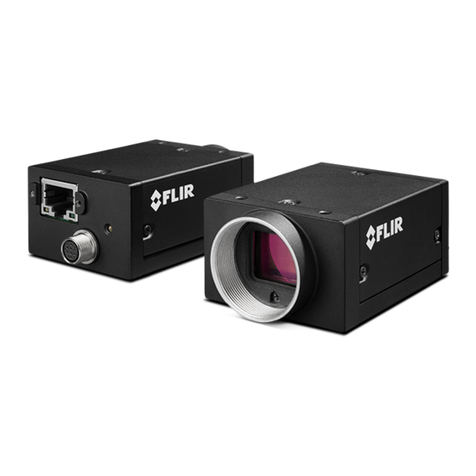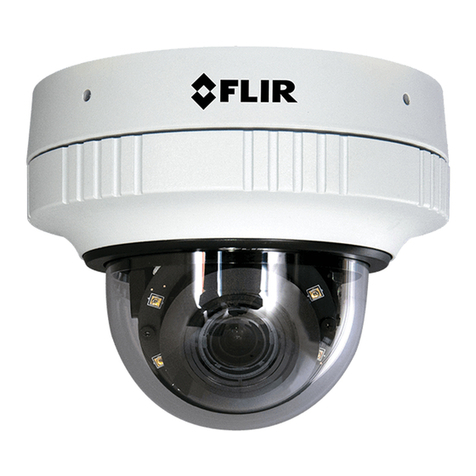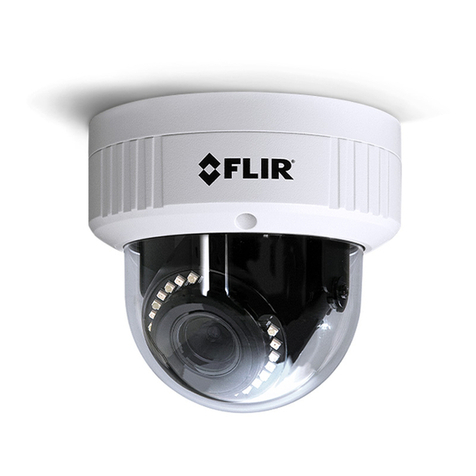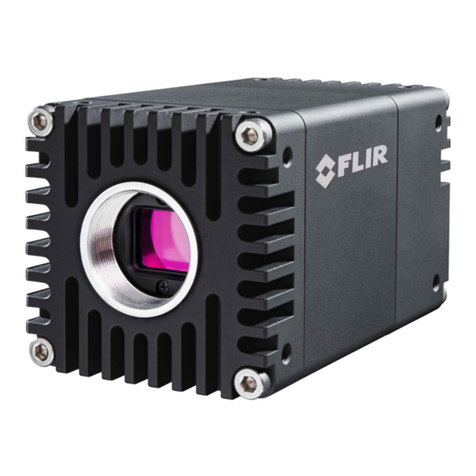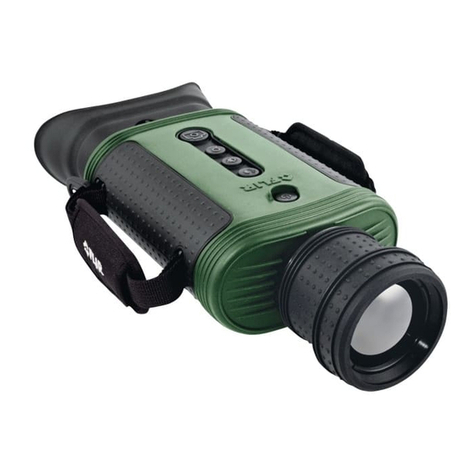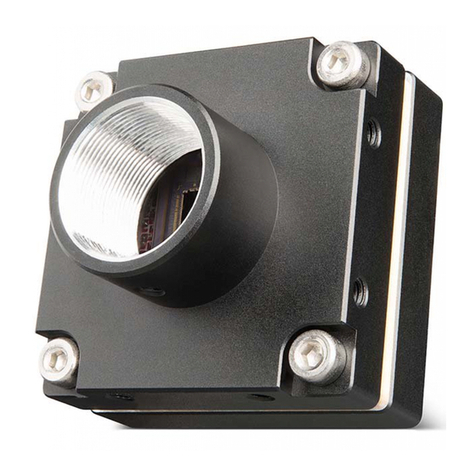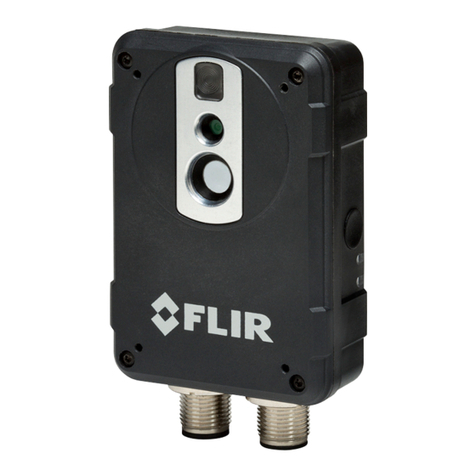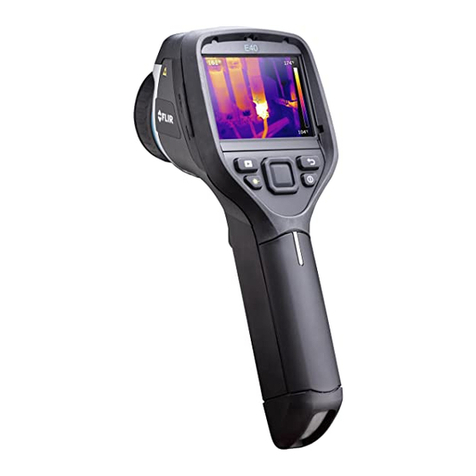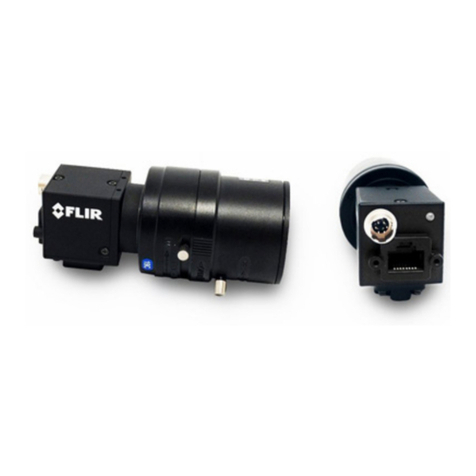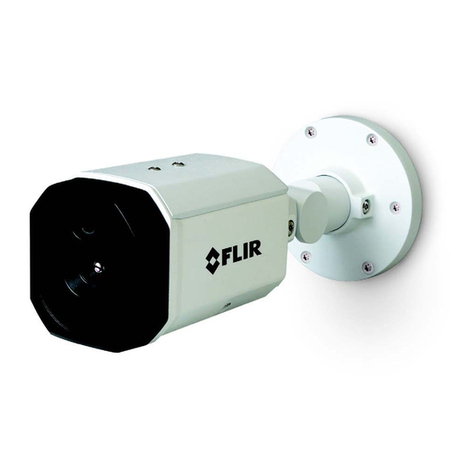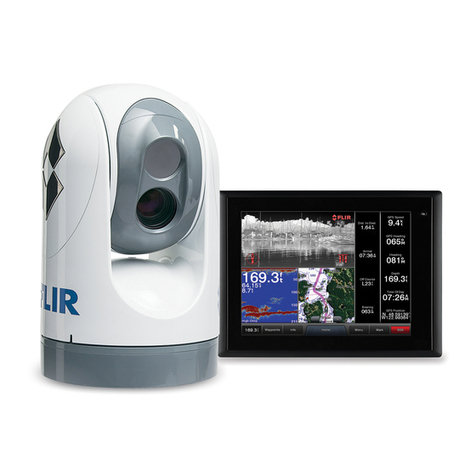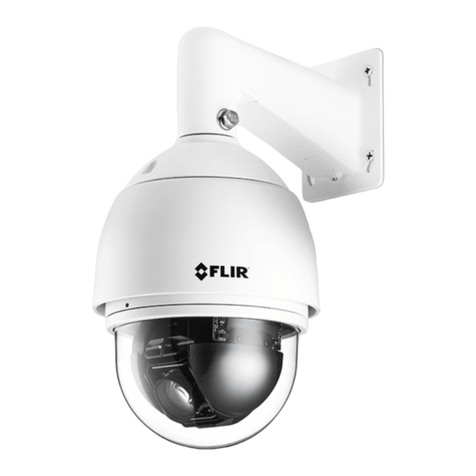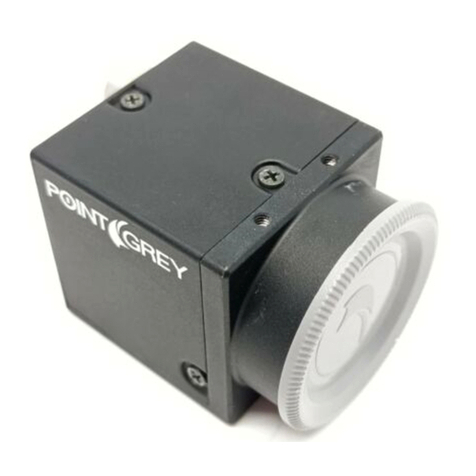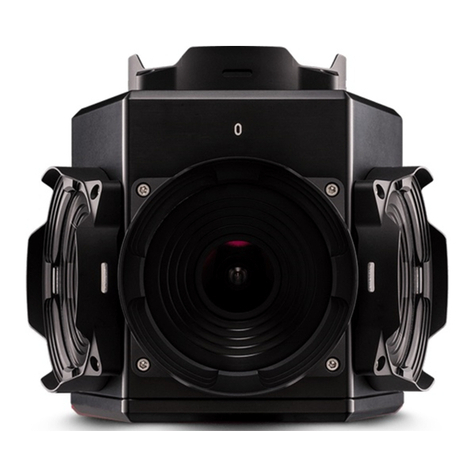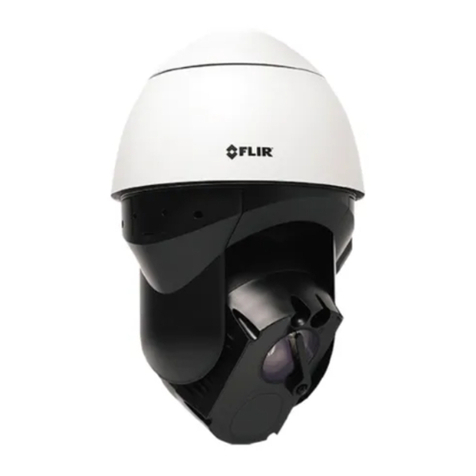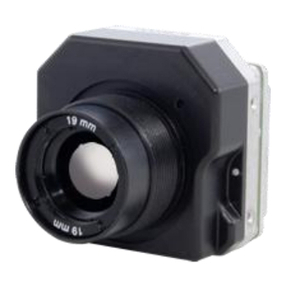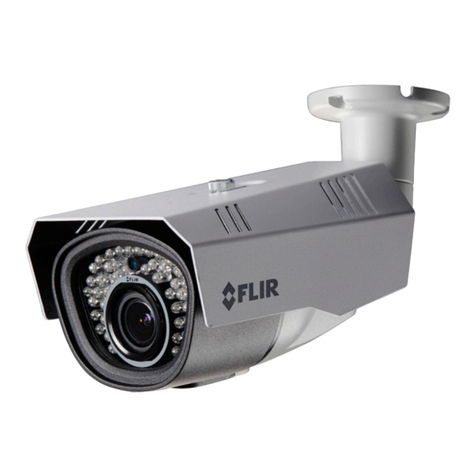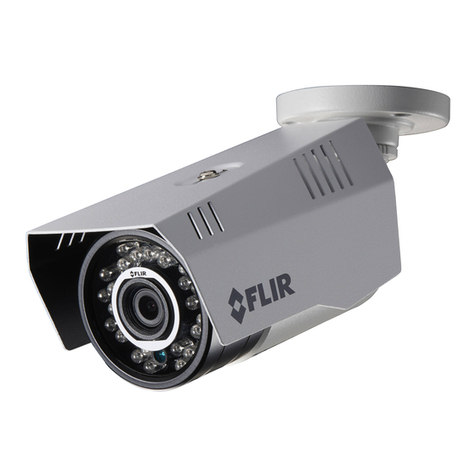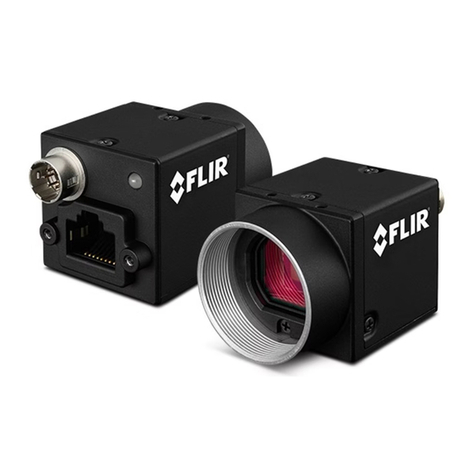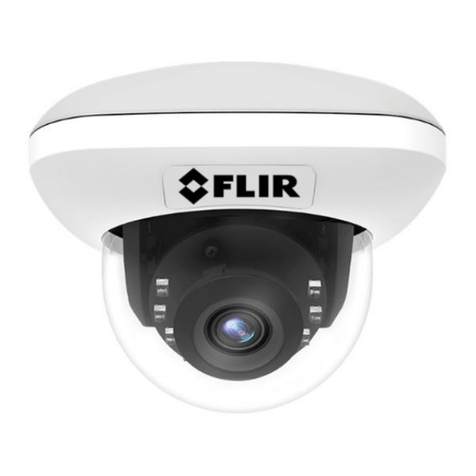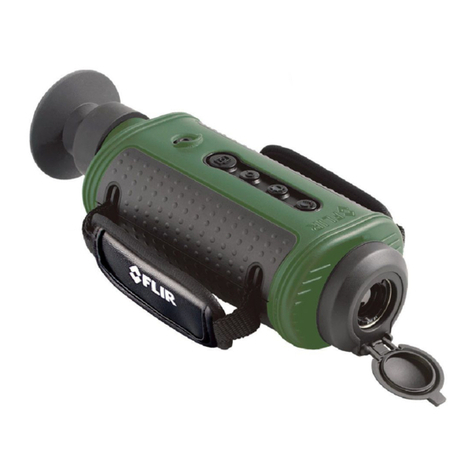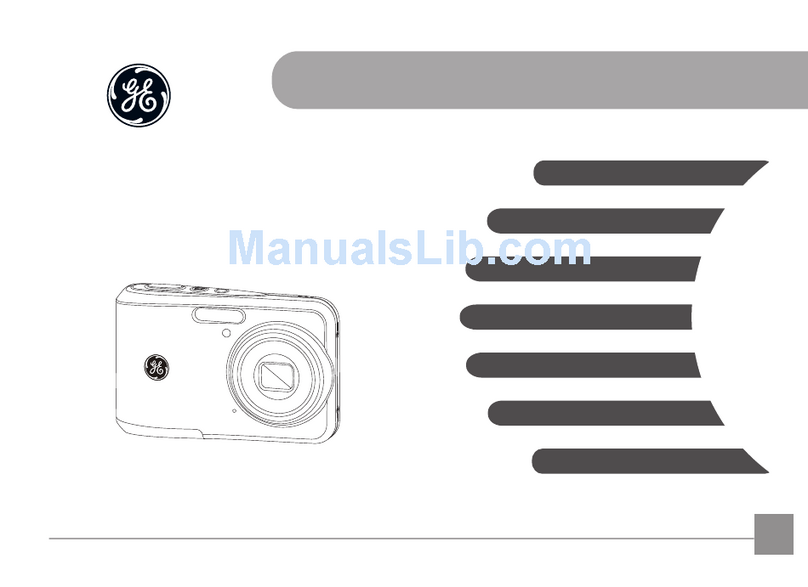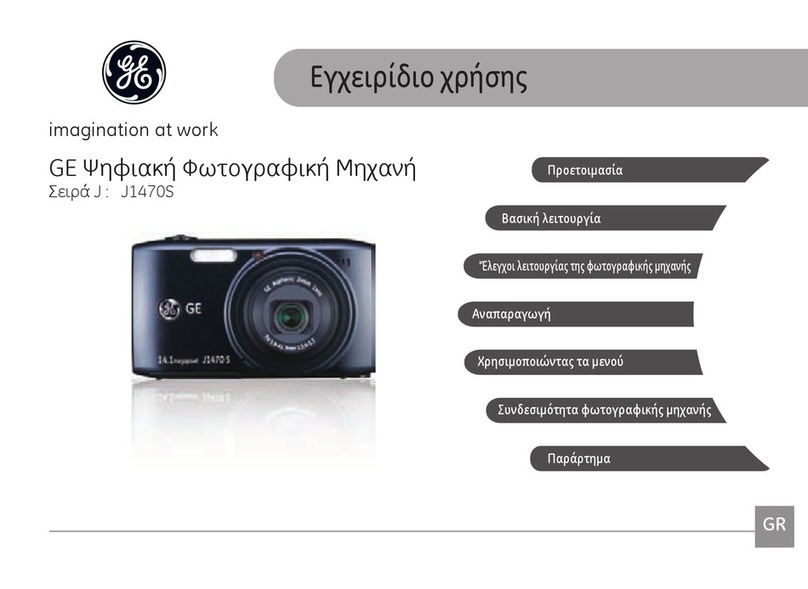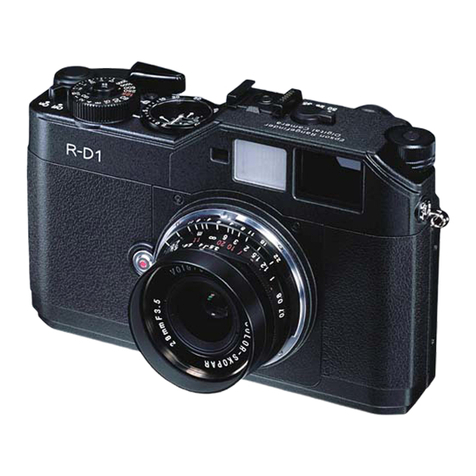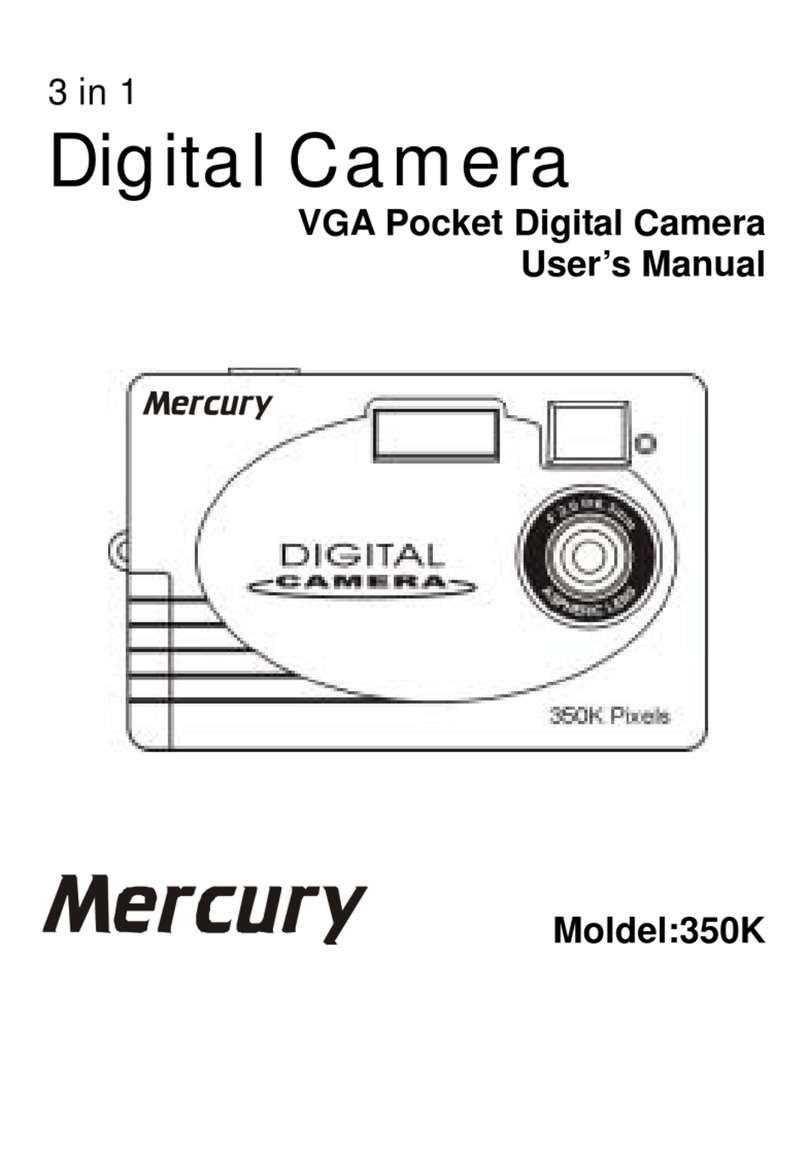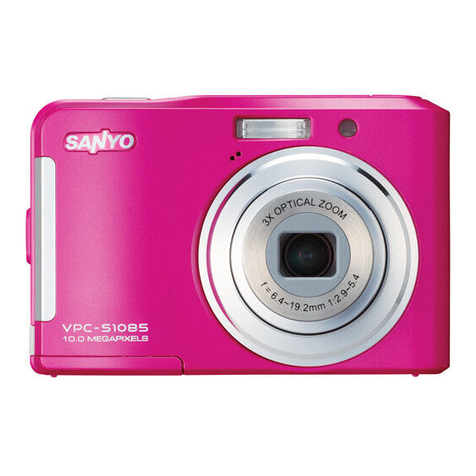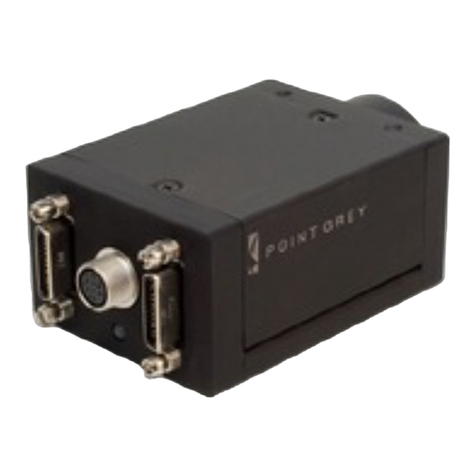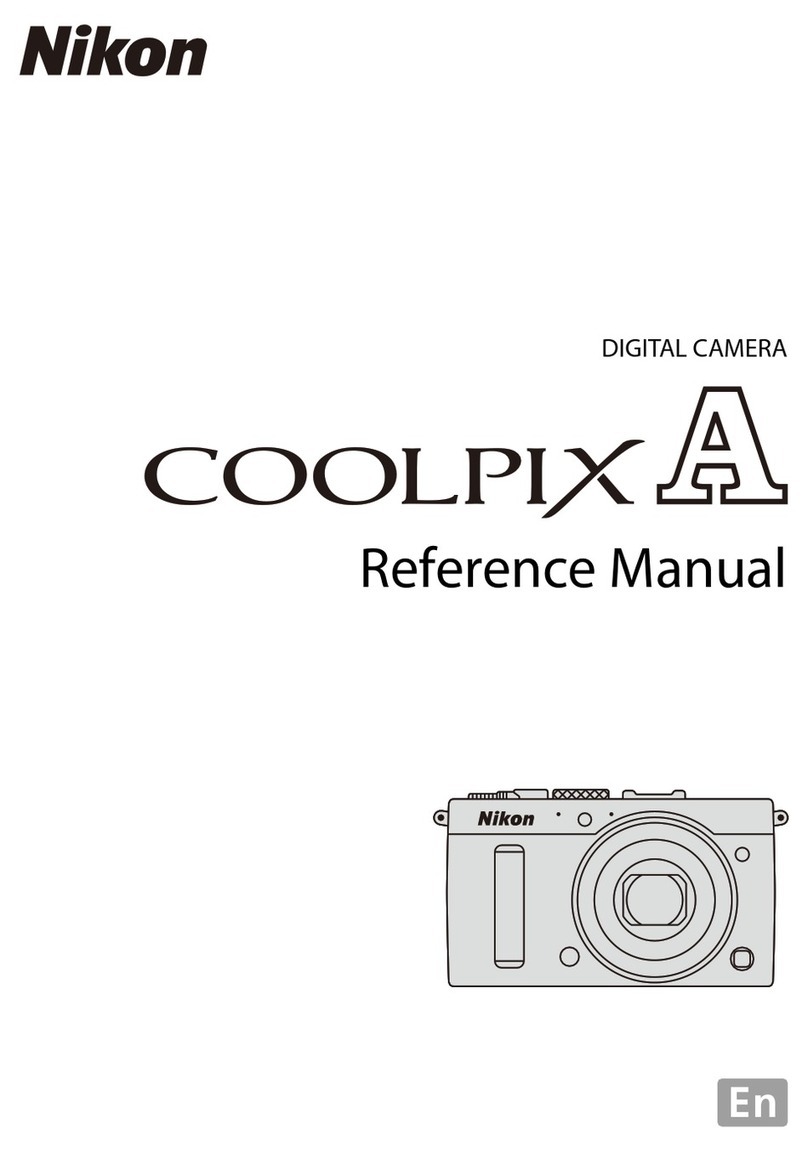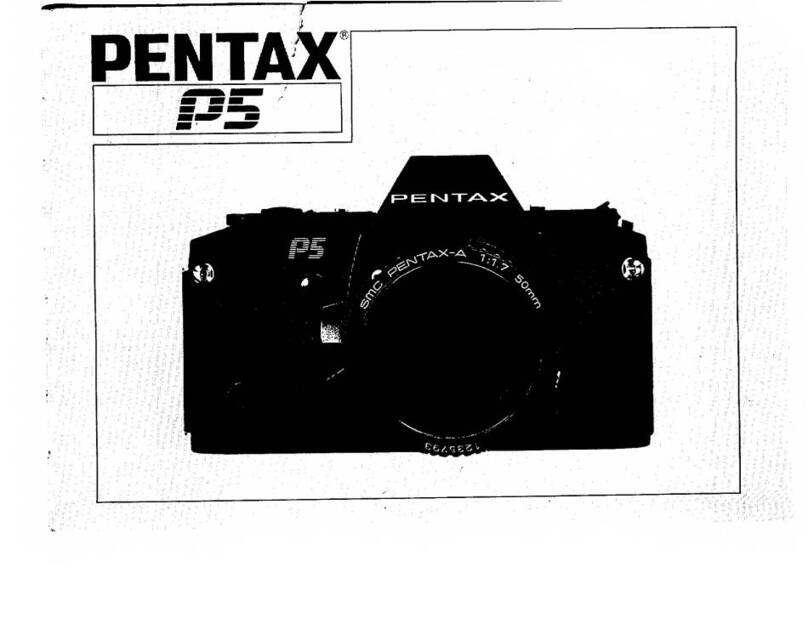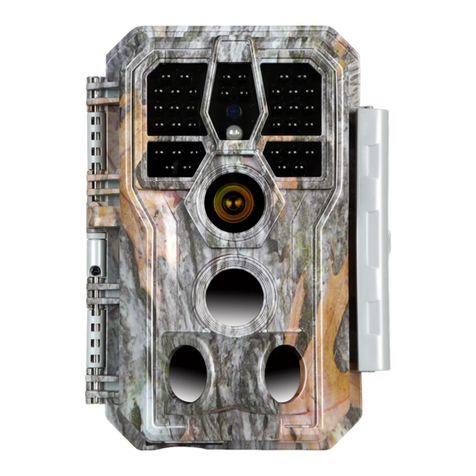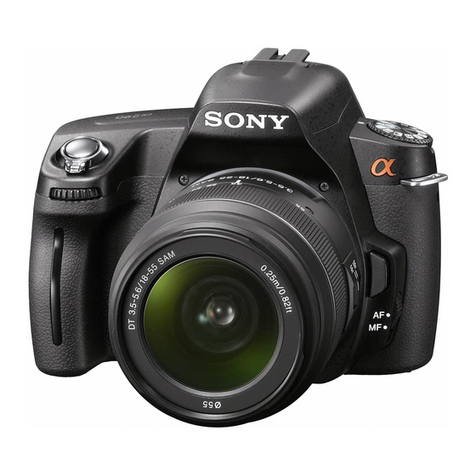
10-10032-01 2011 FLIR Advanced Imaging Systems ECO: 594
Rev A1 Tau CNV Camera User’s Manual page 3 of 49
Table of Contents
1INTRODUCTION.................................................................................................................. 6
2CAMERA POWER................................................................................................................ 6
2.1IMPORTANT SYSTEM GROUNDING REQUIREMENTS ........................................................................................6
2.2IMPORTANT POWER-UP SEQUENCING REQUIREMENTS...................................................................................6
2.3IMPORTANT CLEANING AND LENS INSTALLATION INFORMATION ..................................................................6
3CAMERA FEATURES AND FUNCTIONS ....................................................................... 7
3.1HIGH DEFINITION,1280 X 1024 IMAGER ........................................................................................................7
3.2PROGRAMMABLE ELECTRONIC SHUTTER .......................................................................................................8
3.3AUTOMATIC GAIN CONTROL..........................................................................................................................8
3.4AUTOMATIC COLOR AND WHITE BALANCE....................................................................................................8
3.5SELECTABLE NOISE SUPPRESSION ..................................................................................................................8
3.6INTEGRATED,MOTORIZED,IR CUT FILTER OPTION .......................................................................................9
3.7TRIGGER MODES -FREE RUN,OR EXTERNAL TRIGGER..................................................................................9
3.8FLAT FIELDING (NON-UNIFORMITY CORRECTION).......................................................................................10
3.9DIGITAL AND ANALOG VIDEO OUTPUT OPTIONS .........................................................................................10
3.10SMALL SPACE-CLAIM AND LOW POWER REQUIREMENTS ............................................................................10
3.11EFFECTIVE DAY AND NIGHT COLOR THROUGH BUILT-IN FILTER SLIDER (OPTIONAL) .................................10
4CAMERA SPECIFICATIONS........................................................................................... 11
4.1CAMERA SPECIFICATIONS ............................................................................................................................11
4.2QUANTUM EFFICIENCY (QE) RESPONSE CURVES .........................................................................................13
5THEORY OF OPERATION............................................................................................... 14
5.1CAMERA LAYOUT.........................................................................................................................................14
5.2LENS MOUNT ASSEMBLY .............................................................................................................................14
5.3TAU CNV CMOS SENSOR ...........................................................................................................................16
5.4SENSOR MOUNT AND HEAT SINK .................................................................................................................17
5.5CAMERA ELECTRONICS ................................................................................................................................17
5.5.1Sensor Bias and Interface ....................................................................................................................17
5.5.2Clock and Control Circuitry ................................................................................................................17
5.5.3Power Conditioning and Distribution ..................................................................................................17
5.5.4Camera Interface..................................................................................................................................18
6CAMERA INTERFACING ................................................................................................ 19
6.1LVDS PARALLEL DATA COMMUNICATION ..................................................................................................19
6.1.1Power Connector .................................................................................................................................20
6.1.2Parallel Data Connector .......................................................................................................................20
6.2GROUP INTERFACE .......................................................................................................................................22
6.2.1Group Interface Default Settings .........................................................................................................22
6.2.2Power Connector .................................................................................................................................23
6.2.3Camera Link ........................................................................................................................................23
6.2.4Analog Video Output and Serial Interface (default configuration)......................................................25
6.2.5Trigger In/Out......................................................................................................................................25
6.2.6Trigger In Mode...................................................................................................................................26
6.2.7Trigger Out Mode ................................................................................................................................26
6.2.8Video IRIS (future)..............................................................................................................................26
7MECHANICAL DETAIL ................................................................................................... 26
7.1HOUSING &MATERIALS...............................................................................................................................26
7.2DIMENSIONS .................................................................................................................................................27
7.3LENS MOUNTING AND BACK FOCUS ADJUSTMENT ......................................................................................27
